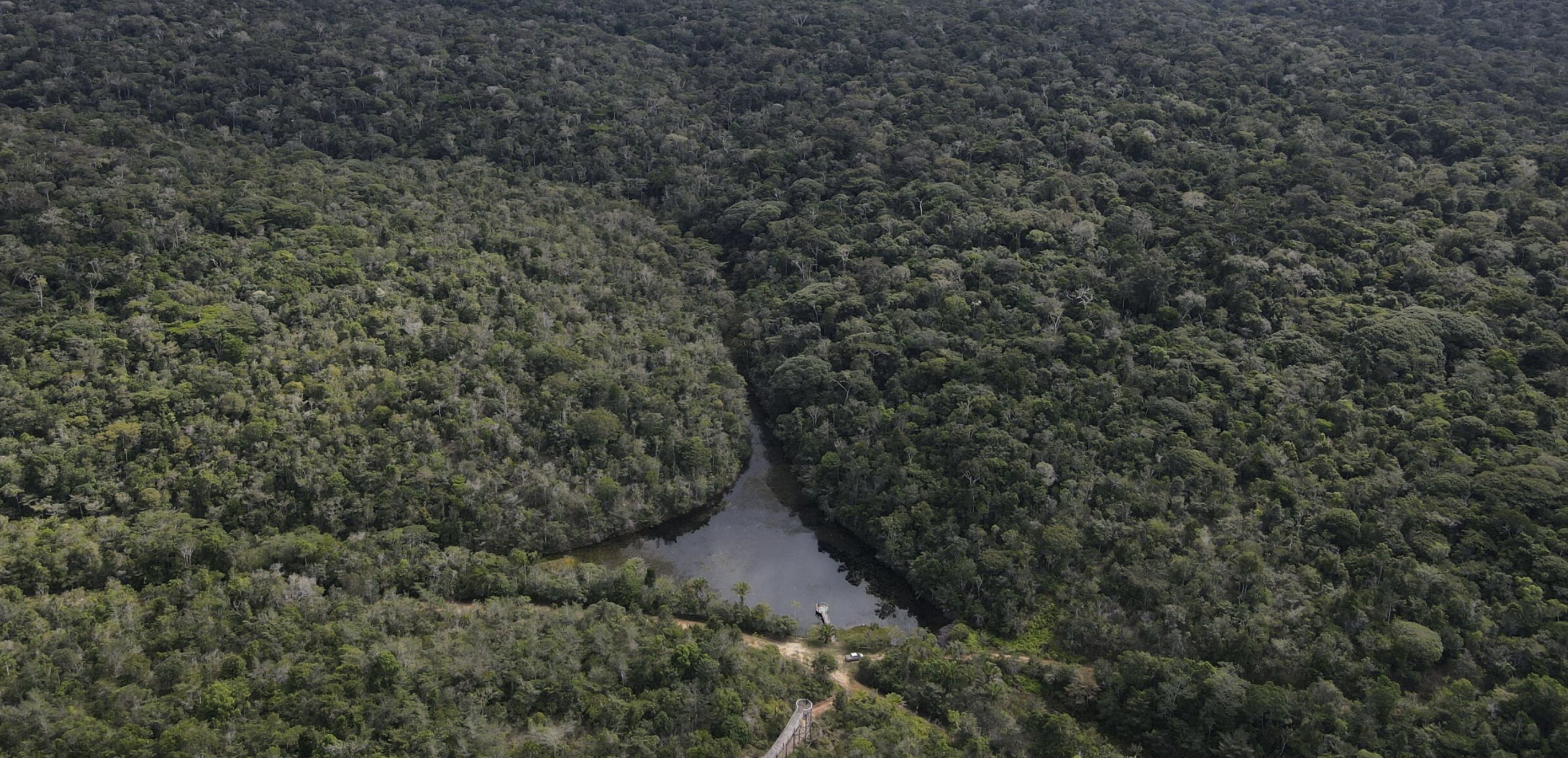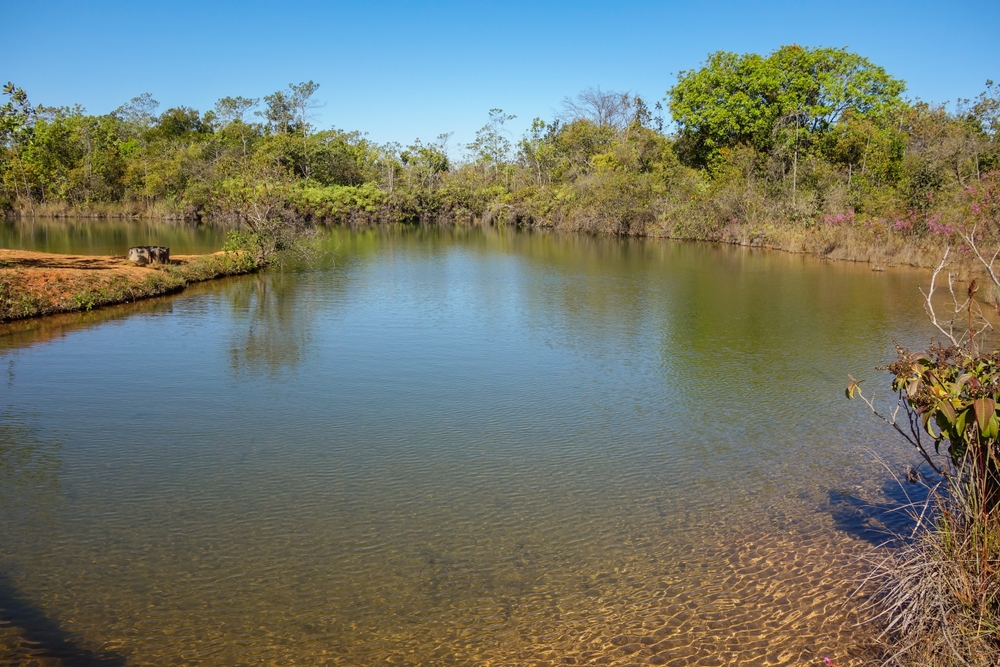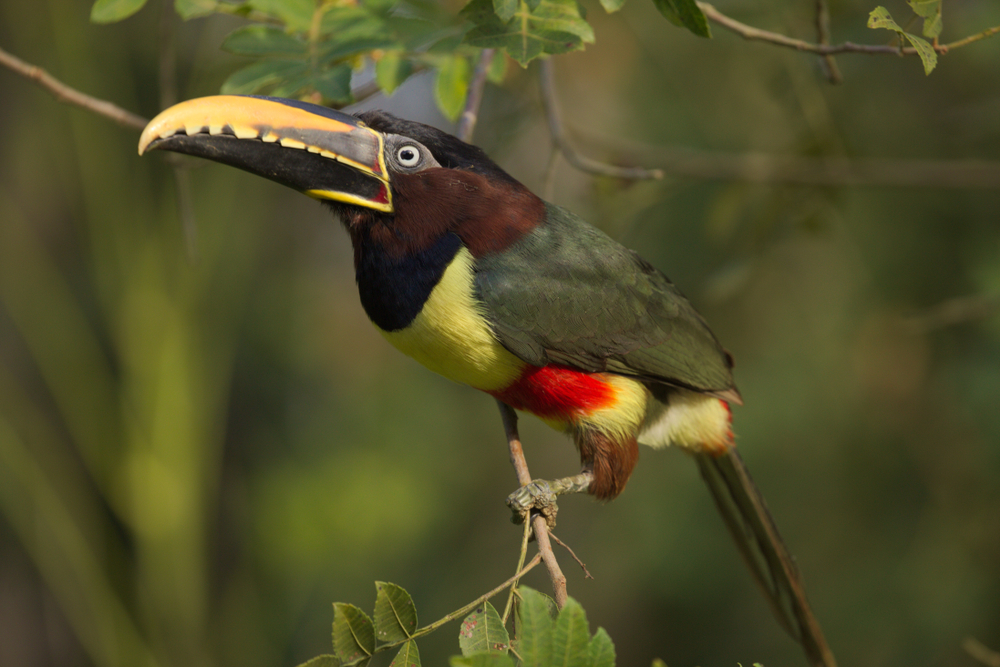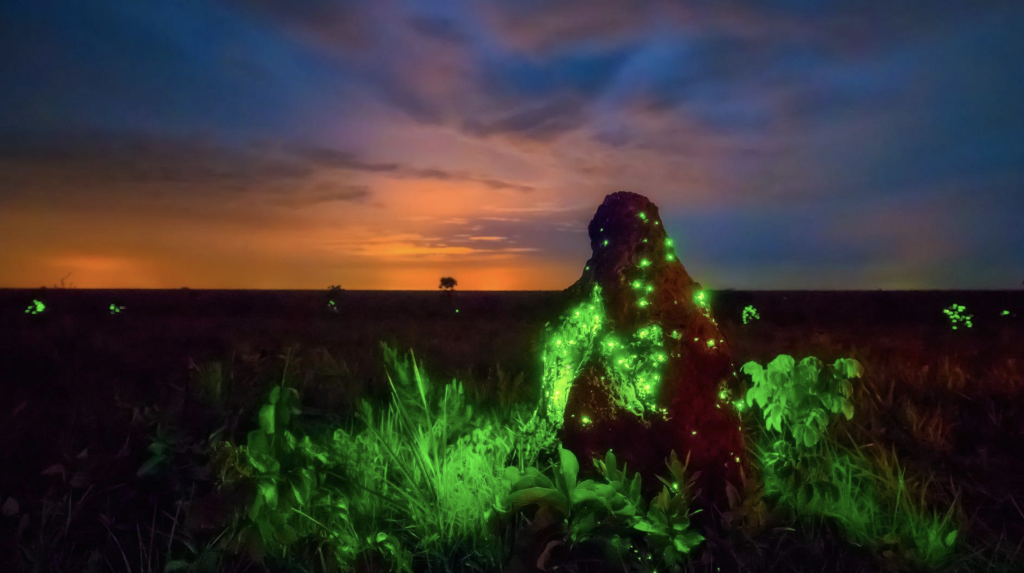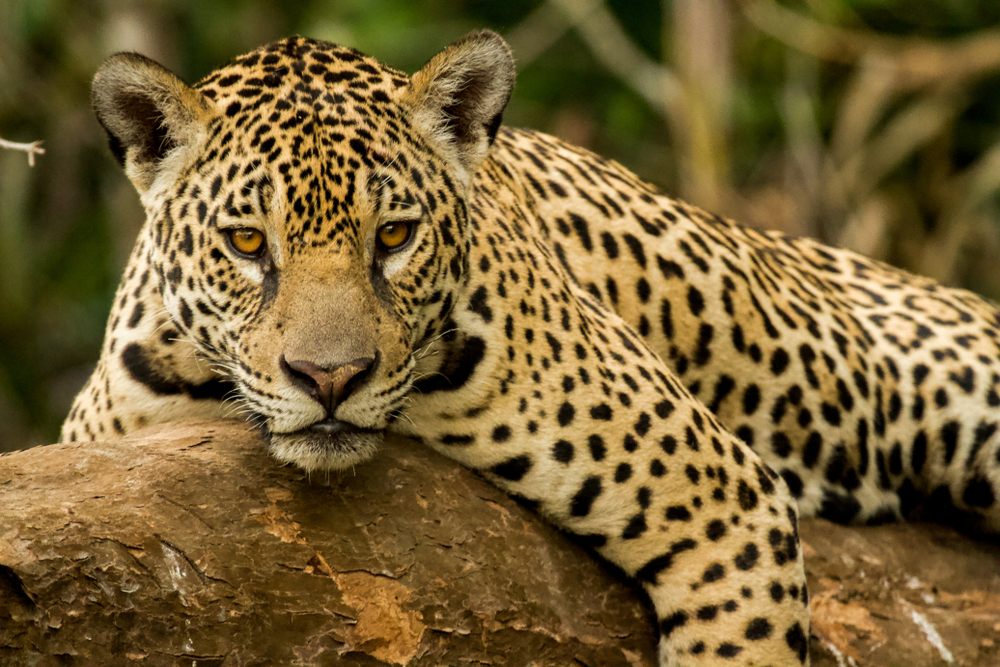Descobrimento Overview
Descobrimento National Park, known locally as Parque Nacional do Descobrimento, spans approximately 82 square miles (212 square kilometers) and is situated in the state of Bahia, Brazil, along the Atlantic coastline.
Established to preserve the dwindling remnants of the once expansive Atlantic Forest, this national park serves as a critical sanctuary for biodiversity. The park’s proximity to the Atlantic Ocean has gifted it with a unique ecological tapestry, blending coastal landscapes, dense rainforests, and a range of delicate ecosystems.
The terrain within Descobrimento National Park is characterized by lush and humid Atlantic Forest, an ecosystem recognized for its extraordinary biodiversity. Its gently undulating hills and plains harbor rich soils sustaining abundant plant life, including towering trees such as jequitibá and jacarandá, along with diverse orchids and bromeliads that adorn the forest canopy and understory.
Rivers and streams meander throughout the landscape, nourishing the verdant flora and creating small cascades and freshwater pools that contribute significantly to the scenic beauty and ecological diversity of the area.
Wildlife enthusiasts visiting Descobrimento National Park have the opportunity to encounter numerous species that thrive within its protected boundaries. Mammals such as the elusive jaguar, the ocelot, the tapir, and several monkey species including the endangered golden-headed lion tamarin are notable inhabitants.
Birds are abundant, making this park a paradise for birdwatchers. Species frequently observed include the vibrant red-billed curassow, the rare harpy eagle, colorful tanagers, and toucans, whose calls frequently resonate throughout the forest.
A popular feature of the park is its well-preserved trails, which invite visitors to immerse themselves in nature, offering captivating glimpses of the lush biodiversity. The Rio do Braço Trail is particularly favored for its stunning views of the forest canopy and frequent wildlife sightings.
Additionally, the peaceful waterfalls and natural pools scattered throughout the park’s interior provide refreshing retreats for hikers and explorers.
Visitors to Descobrimento National Park can engage in various outdoor experiences, from guided ecological walks and wildlife photography to birdwatching excursions led by knowledgeable local guides.
Educational programs focusing on conservation and environmental awareness are regularly held, helping visitors understand and appreciate the ecological significance and the delicate balance of this Atlantic Forest region.
Conservation within Descobrimento National Park faces ongoing challenges, primarily stemming from external pressures such as deforestation, illegal hunting, and encroachment by agricultural activities in surrounding areas.
Despite these threats, the park has achieved considerable successes in conservation, notably through effective management practices, community engagement initiatives, and environmental education programs.
Collaboration with local communities has resulted in significant reductions in illegal logging and hunting, fostering a shared sense of responsibility toward preserving this invaluable ecosystem.
The park represents not only a protected area for biodiversity but also a significant cultural landscape, symbolic of Brazil’s rich natural heritage. Efforts continue to expand conservation measures and secure further protections, ensuring the longevity and resilience of Descobrimento National Park for generations to come.
Park Map
Descobrimento National Park Highlights
Share your clicks with us
Sources
- Header Image Provide By: https://entreparquesbr.com.br/descobrimento/








































































